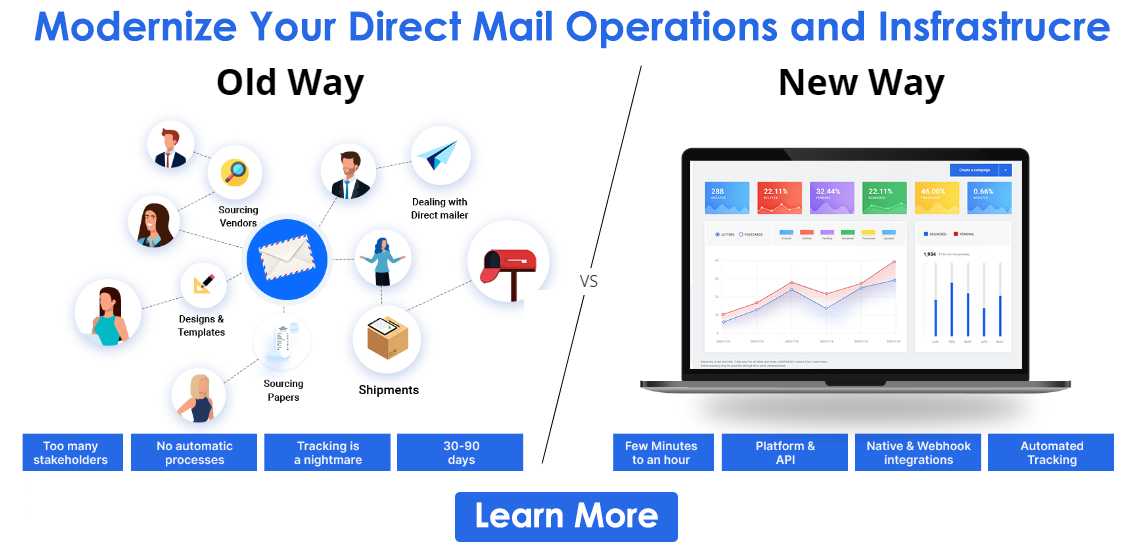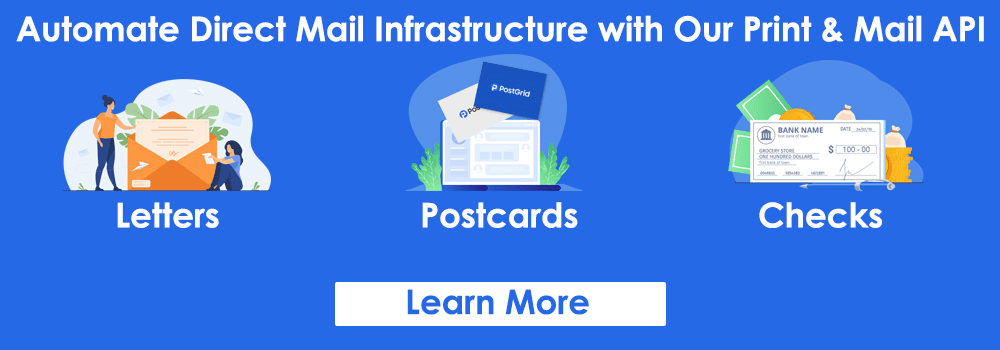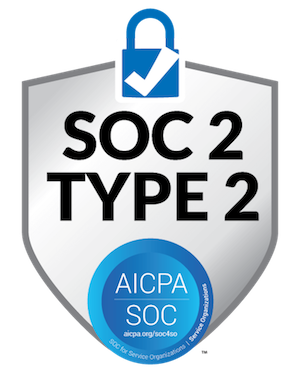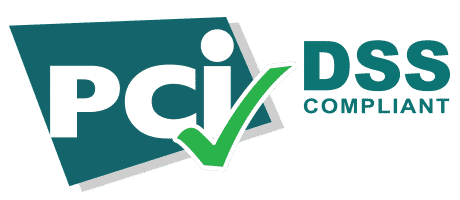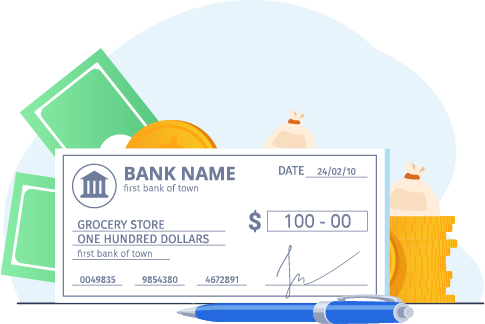
How Much Is a Check Costing You? Know the Expenses (& How to Avoid Them)
The overall check use is now 91% as opposed to the 75% in 2023. We understand the convenience that makes you write them physically with each payment. But you must have asked, how much is a check? We are talking about the invisible prices. It encompasses the expenses of labor prices, administrative overheads, manual mistakes, etc. In this blog, we will discuss them in detail. We will also explain how the PostGrid Check API can help prevent these issues.

Key Takeaways
- The cost of paper check processing through manual means includes much more than that of check stock, envelopes, and bank fees.
- You need to allocate labor and control administrative overheads. You also have to reconcile the statements manually.
- It also increases the costs of storing paper checks. You must create and maintain a storage infrastructure.
- Through the PostGrid Check API, you can automate the printing and mailing. Its fast and convenient integration will transform a costly manual process into a scalable solution.
4 Obvious Costs: Why Are Checks So Expensive?
Bank Fees
Banks charge a fee for issuing and processing checks. This fee covers the manual processing, printing, and handling. For businesses that send them in large volumes, this charge can significantly reduce the profit. Additionally, the fee increases in direct proportion to the number of checks a business writes.
Cost of Check Stock
Have you ever wondered why are business checks so expensive? This is because you cannot use basic printer paper for issuing them. You must purchase specialized paper that meets the banking and regulatory standards. They have features like microprinting, watermarks, and chemical sensitivity. These features increase the cost of checks. If your requirement is high and regular, this expenditure can easily put a dent in your budget.
Cost of Envelope
You cannot use standard envelopes when mailing checks. It should be tamper-evident. Moreover, the design must shield the content and minimize the risk of interception or fraud. You might think the per-unit cost of an envelope is reasonable. However, when you multiply it by the number of pieces you send monthly or annually, it adds up quickly.
Cost of Ink Toner
You must print checks using toner that meets Magnetic Ink Character Recognition (MICR) standards. This requires specialized magnetic ink cartridges that are more expensive than standard toner. Moreover, only high-quality laser printers support MICR toner, which is a costly option. They also demand ongoing maintenance and occasional replacement. You are not only paying for the toner but also for the purchase and maintenance of the hardware. The cost will grow significantly as the volume increases.
3 Hidden Costs: The Real Drain on Your Bottom Line
Labor Cost
Each paper check goes through a multi-step manual process. It involves writing the details, printing them, and manually signing them. Then, you need to fold it, place it in an envelope, and deposit it. This requires hiring and maintaining a team solely for these tasks. Even if a check takes only a few minutes to complete, the time can add up quickly. If your business sends hundreds or thousands of them, the efforts can translate into significant labor costs.
Administrative Overhead
Handling check-related workflow, such as coordinating signatures and addressing approval delays, can be a complex process. It creates a financial burden that is difficult to quantify. Many businesses still rely on a physical chain of approvals for disbursements. They require a manager or executive to sign off on the pieces. But what if the designated person is out of the office? The vendors will go unpaid, and the finance team will have to follow up manually. It will create a layer of inefficiencies, which is not explicitly billed. However, it will reduce productivity and increase indirect costs.
Manual Reconciliation
Your staff will need to enter the details of each issued check manually. They must also make corresponding entries in the bank statements. This is prone to mistakes. A single mismatched detail or transposition error can result in discrepancies. If not caught on time, they can become significant issues.
There may be incorrect vendor balances and duplicate payments. This can impact record-keeping and lead to inaccurate financial budget forecasting. Your staff will have to spend time troubleshooting errors. They will also need to recheck records and correct the books. All these tasks will divert the focus from value-generating work and hamper productivity.
3 Security Risks of Paper Checks That Add to the Expense
Exposure of Sensitive Information
Checks contain confidential banking information. This includes the bank account number, routing number, and physical signature. When you mail paper checks, the details can be exposed in transit. If fraudsters get their hands on them, they can create counterfeit pieces. They can also initiate fraudulent transactions.
After discovering that it has been intercepted and fraudulently cashed, you will need to initiate a stop payment process. This will require you to pay a specific bank fee. In case you were unable to catch the crime at the time, the loss will be unrecoverable.
Reliance on Fraud Prevention Tools Like Positive Pay
This requires companies to send a list of issued checks to the bank. It verifies each piece on the payment list. In the event of a mismatch, the system flags it for manual review. While the Positive Pay system prevents fraud, it comes at a cost. Banks charge a setup fee, per-check fees, or monthly service fees.
Physical Storage and Access Risks
Businesses often store paper checks in file cabinets, on desks, or in shared office systems. These methods are not entirely secure. Any unauthorized personnel can access the sensitive financial information. There is also a risk of damage or loss due to fire, water, or any other accident.
Maintaining secure and fireproof storage can incur indirect costs. You will have to purchase safes or pay for off-site document archiving. In the event of any breach, your business may be liable for fines. This risk increases significantly if you operate in a regulated industry such as healthcare or financial services.
How Can the PostGrid Check API Help You Reduce Costs?
According to PYMNTS Intelligence findings, 64% of CFOs say they need automation in their AR process. You can achieve this by using the PostGrid Check API. The solution will integrate with your existing accounting tools. It will automatically fetch the details and print the piece using bank-grade security measures. It will then ship them to the intended recipient. Our solution will help you cut out the obvious and hidden costs in the following ways:
- It replaces manual tasks such as jotting down details, signing, and stuffing envelopes with a few clicks. This will eliminate manual errors and associated costs.
- It processes them in a secure environment. The information is encrypted both in transit and at rest. You can also set user permissions to designate staff to use the account and send them. This will prevent unauthorized access, loss, or theft.
- It will automatically update your accounting software with the details of the issued piece. This will prevent errors such as duplication
We will transform the process to an automated and secure function. To know more about how to order checks using our solution, talk to our sales team today.
FAQs
Is Switching to a Check API Expensive and Complicated?
With the PostGrid Check API, you get quick and easy integration with your accounting software, CRM, or websites. With just a few clicks, you can move the payee details from the platform to the check. Our printing and mailing fulfillment services start at an affordable price of $1.10. If you have regular requirements, you can bulk order cheap business checks at the lowest rates.
Can a Check API Handle Bulk Requirements or High-Volume Issuances?
With the PostGrid Check API, you can upload a CSV file containing the necessary information for all the recipients. The solution will auto-generate checks and mail them after review.
What Types of Businesses Benefit Most From Switching to a Check API?
You can use this solution for business and personal checks. Any business with the following requirements will benefit from our solution:
- Sending checks frequently
- Mailing a large volume
- Struggling with a time-consuming, labor-intensive workflow
- Operating under strict compliance regulations
- Looking to reduce costs


